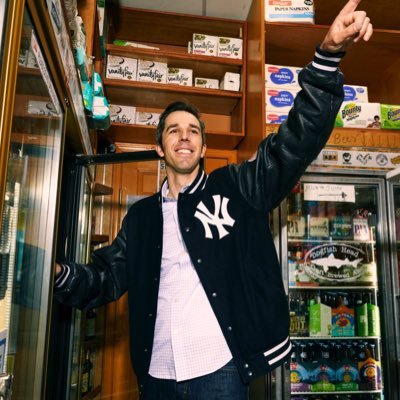Jastremski: Is lowly NY Football about to turn a corner?
The NY Football situation since the 2012 season has been as bad as it gets around the sport.
This is no secret, after all, just take a peak at the record for the Jets and Giants over the past ten years.
A whole lot of losses and not a whole lot of meaningful Decembers…
Last week was a unique opportunity based upon ineptitude and a wise trade for each of course. The Jets and Giants had four of the top ten picks in the 2022 NFL Draft.
I would hope it’s a situation that we don’t see ever again.
The 2022 Draft opened the door for the Giants and Jets to spark franchise turnarounds.
Look, it’s impossible to know for sure if these teams get it right or wrong, but on paper it looked quite spectacular for both teams.
The Jets are in the third year of the Joe Douglas tenure.
His 2020 draft was very suspect and his 2021 draft produced instant results.
The 2022 draft saw the Jets address three major needs. Cornerback, Wide Receiver and Defensive End.
Sauce Gardner was as good as it gets at Cincinnati. You couldn’t score on the guy.
With Tyreke Hill, Jalen Waddle and Stefon Diggs all suiting up in the AFC East, it behooves the Jets to have a lockdown corner.
The Jets had better hope Sauce is way closer to Revis than Millner…
Garrett Wilson provides second year quarterback Zack Wilson with another talented receiver to throw to. The Jets sure hope that Wilson can play alongside last years talented rookie Elijah Moore as a tandem for years to come.
In addition, Douglas wisely traded back into the first round to snag defensive end Jermaine Johnson who has a chance to be the first legitimate home grown edge rusher since John Abraham, who was drafted over twenty years ago…
The Jets have been re-tooling and rebuilding for the past few seasons, but now it’s time to start winning some games.
For the Giants, the new regime of Joe Schoen and Brian Daboll went to the roots of what has made the Giants successful with their two first round picks.
The Giants snagged the electrifying Kayvon Thibodeaux out of Oregon. Thibodeaux has a booming personality, thinks very highly of himself and should be wrecking havoc on quarterbacks for years to come.
For some, there were questions about Thibodeaux’s attitude. I don’t have the same questions, in fact I see a player who has the swagger and confidence that is made for New York.
The Giants saw the draft board fall perfectly to allow them to end up with a stud pass rusher and one of the top three linemen on the board.
Evan Neal is a big boy, has Alabama pedigree and has no issues playing Right Tackle.
A team that has had major issues on the offensive line, should have two pillars at tackle for years to come with Neal joining forces with Andrew Thomas.
On paper, everything looks terrific for both the Jets and Giants.
It’s hard for me to knock anything I saw on draft day.
However, these grades don’t go final for a few years.
The Jets and Giants have seen way too many F’s over the last few years, it’s time to start passing some NFL classes…
The Jets and Giants need some long term A’s…
You can listen to my podcast New York, New York every Sunday, Wednesday & Friday plus Ringer Gambling Picks on Tuesday & Friday on The Ringer Podcast Network on Spotify & Apple Podcasts.
You can watch me nightly on Geico Sportsnight after Mets games on SNY.



